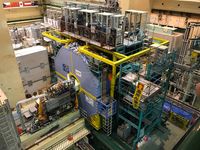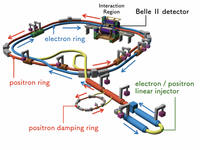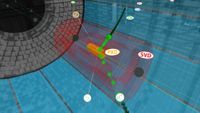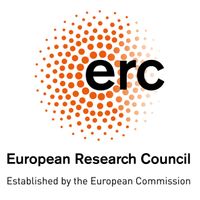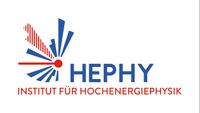This is the official page of the research team "InterLeptons" at the High Energy Physics Institute of the Austrian Academy of Sciences. The team, led by Dr. Gianluca Inguglia, is funded under the grant agreement nr. 947006 of the Starting Grant award offered by the European Research Council (ERC). The research activities of the team will be described and kept up-to-date on these pages.
The aim InterLeptons is to unveil the new physics nature of the so-called flavor anomalies implementing a bottom-up approach based on the studies of data collected at the Belle II experiment, located in the interaction region of the Super-KEKB collider. The team focuses on final state events containing leptons and a large amount of missing energy. The results of the searches will be interpreted in terms of low mass dark matter, new forces/interactions, and in terms of lepton flavor violating and lepton flavor non-universal couplings.
InterLeptons brings a significant advancement of a new research area in Austria with the potential of revolutionizing particle physics.
Friends' Pages
Belle II Collaboration
Institute of High Energy Physics (HEPHY)
Academy of Sciences (OEAW)
European Research Council (ERC)
Austrian Science Fund (FWF)
Belle II Facebook
Jennifer 2

